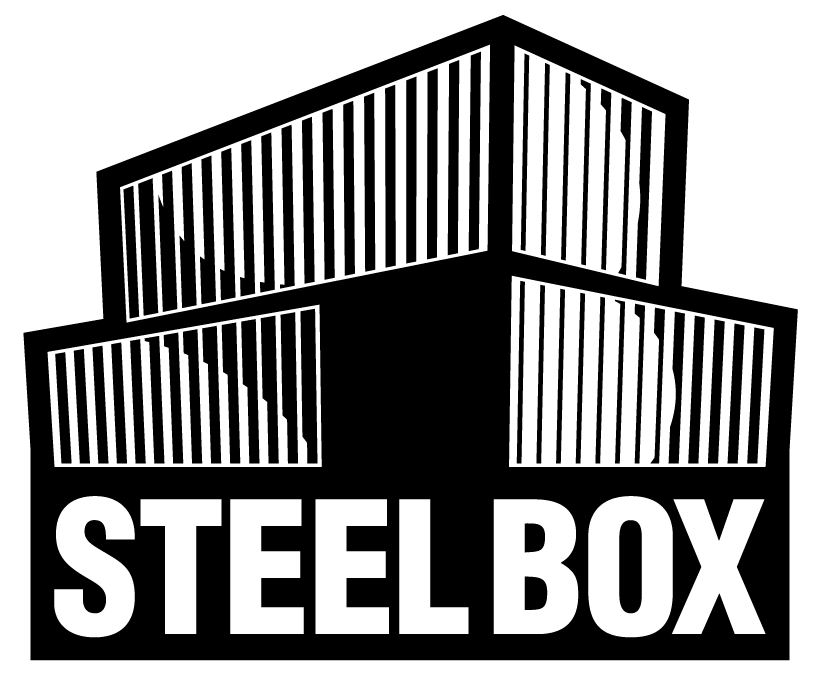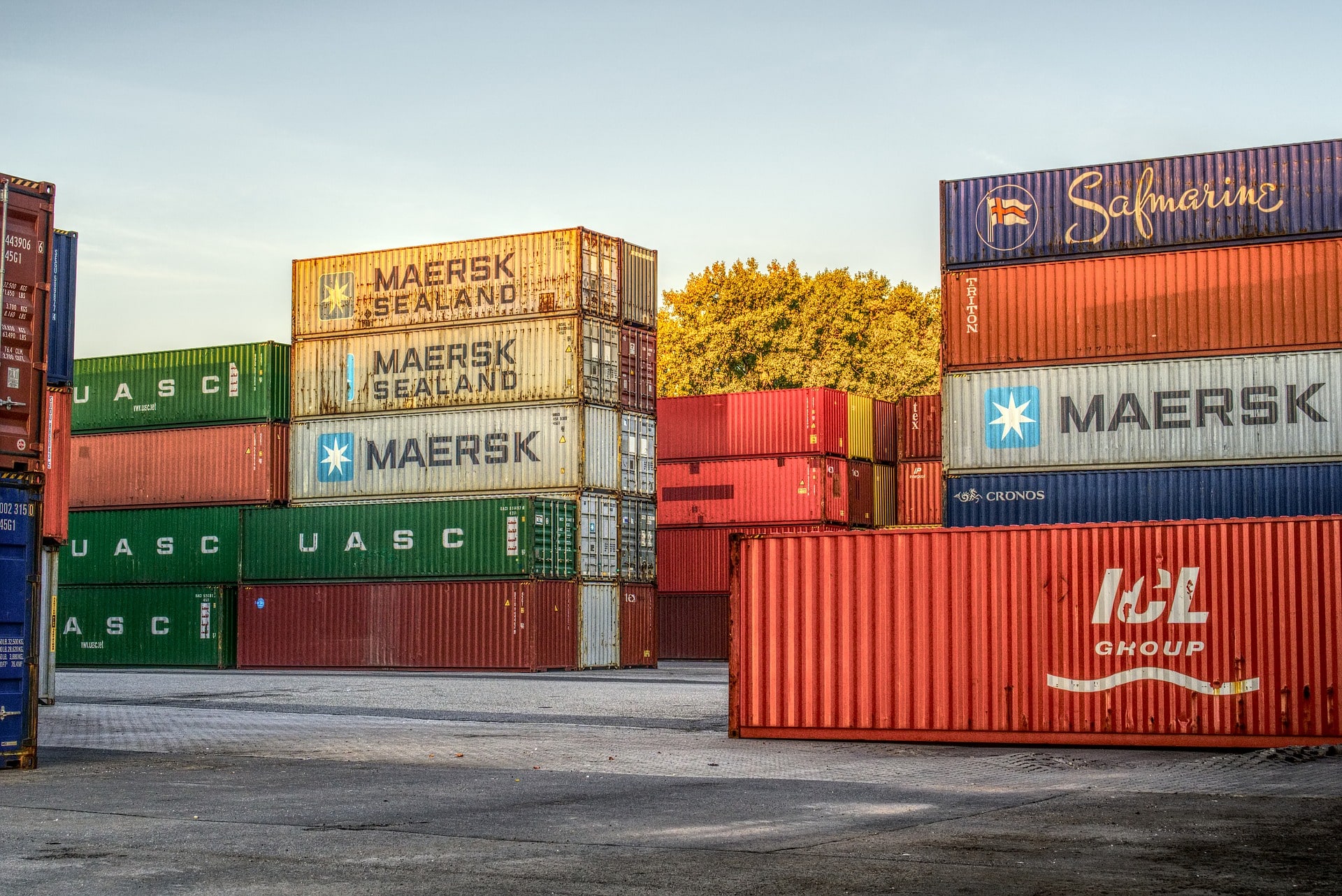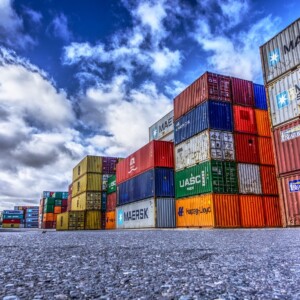In today’s interconnected world, the demand for shipping containers has skyrocketed. These versatile units are crucial for transporting goods worldwide and serve diverse purposes, such as mobile offices and storage units. Whether you’re a business owner seeking to ship products internationally or an individual needing extra storage space, renting a shipping container can be the practical solution you’ve been searching for. This comprehensive guide will lead you through essential steps to renting a shipping container, empowering you to make an informed decision that perfectly suits your needs.
Buying vs. Renting a Shipping Container
Buying a Shipping Container:
Pros:
Long-term Investment: If you plan on using your container for an extended period, buying might make more sense.
Customization: You can modify the container to suit your specific needs.
Control: You can maintain and manage the container’s condition yourself.
Cons:
Higher Initial Cost: Purchasing involves a significant upfront cost.
Maintenance Responsibility: You are responsible for ongoing maintenance and repairs.
Limited Flexibility: If your needs change, selling or relocating your shipping container will be more difficult.
Renting a Shipping Container:
Pros:
Lower Initial Cost: Renting typically involves lower upfront costs, making it more accessible for those with limited budgets or short-term needs.
Flexibility: Renting offers the flexibility to switch container sizes or rental terms as your needs change.
Maintenance Included: Rental agreements often include maintenance and repair services, reducing your maintenance responsibilities.
Cons:
Long-term Costs: If you plan on using your container for a while, rental fees can add up and eventually surpass the cost of purchasing.
Limited Customization: Rental containers may have limitations regarding modifications and customizations.
Lack of Control: You have less control over the container’s condition and maintenance, relying on the rental company’s ability to maintain it.
Determine Your Requirements
Before you begin the rental process, it is vital to determine your specific requirements. Take a moment to reflect and ask yourself:
What is the purpose of the container? (e.g., shipping, storage, office, or construction site)
What size container do you need? (standard sizes include 20-foot and 40-foot containers)
Do you require special features or modifications (e.g., air conditioning, lighting, or windows)?
Where will you place the container? Take into account the necessary access, space, and surface requirements.
How long do you need to rent a shipping container? (shipping container suppliers often offer discounts for a more extended rental period.)
Decide What Size Container You Need
When renting a storage container, one of the initial factors to consider is its size. Let’s explore the most popular container sizes to help you decide.
20 ft Shipping Containers
These versatile containers are commonly seen in shipyards, company lots, and cargo ships.
40 ft Shipping Containers
Ideal for high-volume or large item storage, these spacious containers provide twice the space of a 20-foot container without breaking the bank.
Choose the Perfect Container Height
A shipping container’s height ranges from a standard (8 feet 6 inches) to a “high cube” (9 feet 6 inches), which is ideal for maximizing storage or improving air circulation.
Shipping Container Costs
The most popular rental options include 20 ft and 40 ft shipping containers. Rent a 20 ft shipping container for a budget-friendly monthly fee of $150. While renting a 40 ft container costs $180 a month, making it an excellent value per cubic foot of storage space.
These are some factors to consider when determining how much a shipping container rental will be:
Size: The size of the container significantly impacts the total cost. Naturally, opting for a larger container will result in a higher expense.
Condition: The price of a container is determined by its shape, whether it is used, refurbished, or new, as well as its age. Containers typically have an average lifespan of 15 years. Understanding the level of use and damage a container has experienced can help you avoid paying too much, particularly if you are considering purchasing rather than renting a container.
Delivery Costs: Determining the price of the container is influenced by both the delivery fees and how close your supplier is to your location.
Find Reliable Suppliers
After determining your requirements, the next step is finding a trustworthy supplier. Here are some tips for choosing the right one:
- Look for suppliers with a good track record of renting containers.
- Read reviews and ask for recommendations from friends, colleagues, or industry contacts.
- Compare prices, but don’t compromise on quality. Ensure the containers are in good condition and meet industry standards.
Understand Rental Terms
Ensure you grasp the rental terms thoroughly before committing to any agreements.
Rental Duration: Find the appropriate container size and adjust the rental period based on your needs. Take advantage of better rates by signing up for a long-term contract. Some suppliers even offer a rent-to-purchase option for long-term users. If you’re uncertain about the duration of your container usage, inquire about a periodic contract from the supplier.
Delivery and Pickup: Clarify who is responsible for transportation and confirm the delivery and pickup dates. Keep in mind that the distance affects the cost, so opting for a local container company can help minimize expenses.
Insurance: Discuss insurance options and who is responsible in case of damages or loss.
Payment Terms: Agree on payment schedules, late fees, and additional costs.
Obtain Required Permits
Depending on your location and intended use, you may need permits or approvals from local authorities. We strongly advise checking with your city or county authorities to ensure you stay on the right side of the law.
Check Container Condition
Inspect the container thoroughly before making any commitments. Make sure to pay attention to:
- Structural Integrity: Check the container for any noticeable damage, such as dents, rust, or holes, that could affect its structural integrity.
- Doors and Seals: Ensure the doors function smoothly and inspect the seals to safeguard against moisture and pests.
- Flooring: Carefully examine the floor for any indications of damage or rot.
Secure the Container
Ensure the safety of your container’s contents by implementing appropriate security measures. Take necessary precautions, such as installing locks, security cameras, or alarms based on your specific requirements.
Regular Maintenance
If you plan on renting the container for an extended period of time, establish a regular maintenance schedule. By conducting frequent inspections and taking preventive measures, you can safeguard the container’s overall condition, prolong its lifespan, and avoid any expensive repairs in the future.
Conclusion
Renting a shipping container is an excellent solution for individuals and businesses. With this guide, you now have the information to navigate renting a unit confidently. Countless options are available, so be sure to take your time and thoroughly research your choices before making a decision. From researching delivery details and permits to assessing unit size specifications and rental fees – stay informed throughout the entire rental procedure to ensure you get exactly what you’re looking for. With a comprehensive understanding of the essential steps in renting a shipping container, you can find the perfect solution for your project’s task or purpose.





